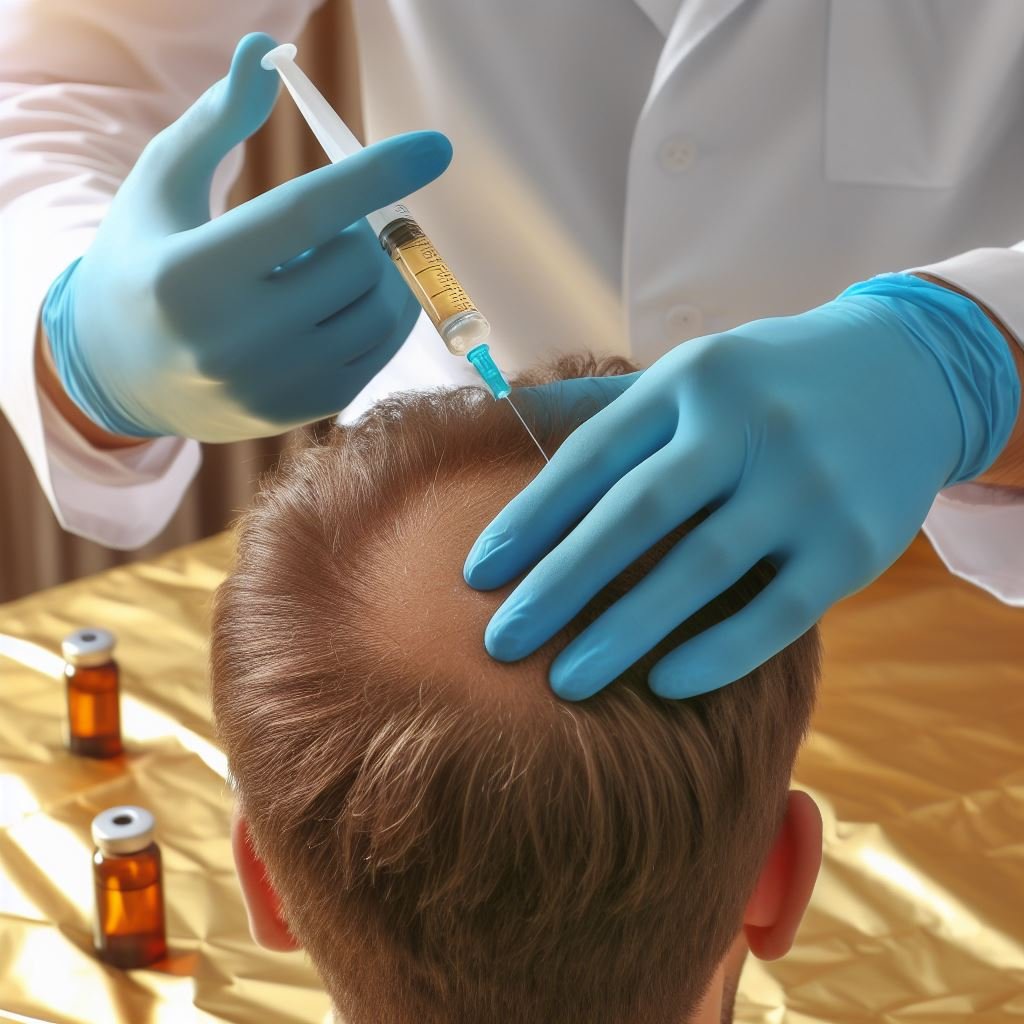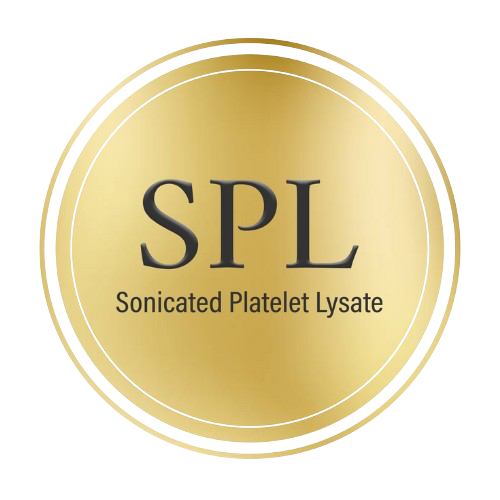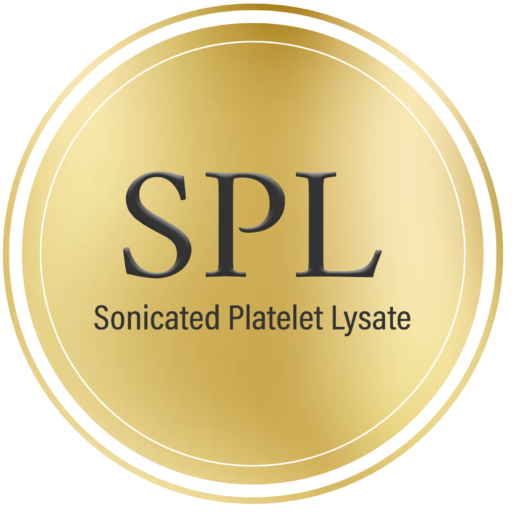
Mechanism of Action of different Growth factors and bioactive molecules present in SPL to stimulate hair follicles in Alopecia
The GFs and the bioactive molecules present in SPL promote 4 main actions in the local environment of the administration, such as proliferation, migration, cell differentiation, and angiogenesis. Various cytokines and GFs are involved in the regulation of hair morphogenesis and cycle hair growth .
The dermal papilla (DP) cells produce GFs such as IGF-1, FGF-7, hepatocyte growth factor, and vascular endothelial growth factor responsible for maintaining the hair follicle in the anagen phase of the hair cycle. Therefore, a potential target would be to upregulate these GFs within the DP cells, which lengthen the anagen phase .
According to a study performed by Akiyama et al., epidermal growth factor and transforming growth factor are involved in regulating the growth and differentiation of bulge cells, and platelet-derived growth factor may have related functions in the interactions between the bulge and the associated tissues, starting with follicle morphogenesis .
Besides the GFs, the anagen phase is also activated by the Wnt/β-catenin/T-cell factor lymphoid enhancer. In the DP cells, the activation of Wnt will lead to an accumulation of β-catenin, which, in combination with the T-cell factor lymphoid enhancer, also acts as a co-activator of transcription and promotes proliferation, survival, and angiogenesis. The DP cells then initiate the differentiation and consequently the transition from the telogen to the anagen phase. β-Catenin signalling is important in human follicle development and for the hair growth cycle.
Another pathway presented in DP is the activation of extracellular signal-regulated kinase (ERK) and protein kinase B (Akt) signalling that promotes cell survival and prevents apoptosis.
The precise mechanism by which SPL promotes hair growth is not fully understood. To explore the possible mechanisms involved, Li et al. performed a well-designed study to investigate the effects of PRP on hair growth using in vitro and in vivo models. In the in vitro model, activated PRP was applied to human DP cells obtained from normal human scalp skin. The results demonstrated that PRP increased the proliferation of human DP cells by activating ERK and Akt signaling, leading to antiapoptotic effects. PRP also increased the β-catenin activity and FGF-7 expression in DP cells. Concerning the in vivo model, mice injected with activated PRP showed a faster telogen-to-anagen transition than the control group.
Recently, Gupta and Carviel also proposed a mechanism for the action of PRP on the human follicles that includes the “elicitation of the Wnt/β-catenin, ERK, and Akt signaling pathways fostering cell survival, proliferation, and differentiation.”
After GF binds with its correspondent GF receptor, the signalling necessary for its expression begins. The GF-GF receptor activates the expression of both Akt and ERK signalling. The activation of Akt will inhibit 2 pathways through phosphorylation: (1) the glycogen synthase kinase-3β that promotes degradation of β-catenin, and (2) the Bcl-2-associated death promoter, which is responsible for inducing apoptosis. As stated by the authors, PRP might increase vascularization, prevent apoptosis, and prolong the duration of the anagen phase.

